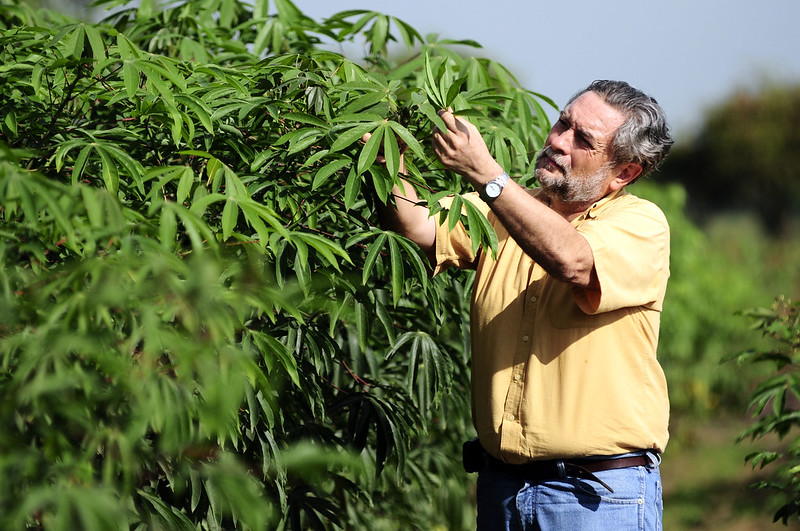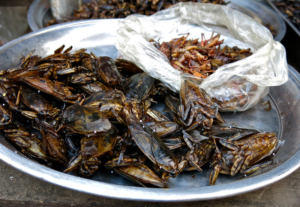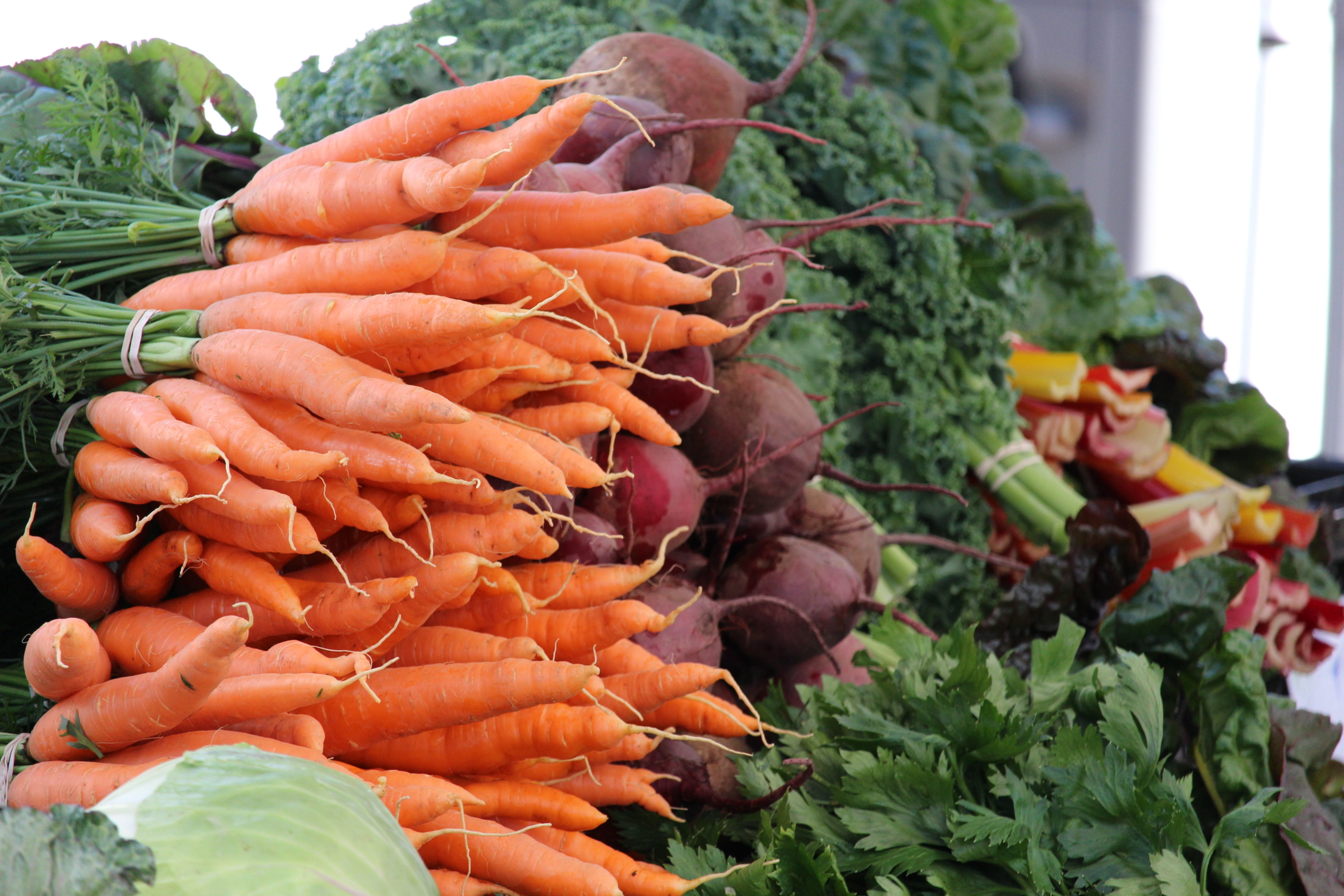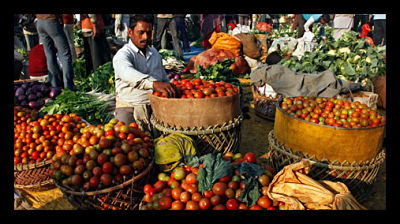 Presently, as many as 783 million people worldwide are facing chronic hunger. Action Against Hunger has identified three main drivers of food insecurity: conflict, climate and poverty. The global food crisis has been escalated by international conflict, with the Russia-Ukraine war resulting in 19 countries implementing 27 food export bans and nine nations implementing 18 export-limiting measures.
Presently, as many as 783 million people worldwide are facing chronic hunger. Action Against Hunger has identified three main drivers of food insecurity: conflict, climate and poverty. The global food crisis has been escalated by international conflict, with the Russia-Ukraine war resulting in 19 countries implementing 27 food export bans and nine nations implementing 18 export-limiting measures.
Major Causes of Global Food Insecurity
Conflict remains the largest factor contributing to global food insecurity, affecting 60% of the world’s food-deprived population, particularly in war-stricken areas. Notably, 8 out of the 10 most severe food insecurity crises have been a result of war and conflict.
Global warming is another notable factor contributing to the interruption of crop growth and the destruction of fertilized lands. In fact, According to the World Bank’s “Food Security Update” released on Nov. 9, 2023, the dry conditions in the southern hemisphere, attributed to global warming, will cause a drop in average wheat yields in Argentina and Australia in the upcoming years.
About CGIAR
The Consultative Group on International Agricultural Research (CGIAR) is a global partnership of scientific research centers. Established in 1971 in response to the widespread concerns about the growing potential for famine in the mid-20th century, the program aimed to “coordinate international agricultural research efforts aimed at reducing poverty and achieving food security in developing countries.”
CGIAR’s Answers To Solving Global Hunger
In its 52 year history, it has created several innovative farming solutions to ensure food security and mitigate problems caused by climate change. Some of these include:
- Climate-smart rice: CGIAR has released approximately 30 drought-tolerant varieties of rice in multiple countries. These varieties exhibit a yield advantage of around 0.8-1.2 tons per hectare compared to rice that lacks drought-resistant features.
- Rust-resistant wheat: In response to the 1974 outbreak of wheat stem rust fungus, which destroyed 40% of the U.S. wheat harvest, CGIAR developed rust-resistant varieties of wheat. These improved varieties now contribute an additional $1.12 billion to world wheat harvest annually at 2010 prices.
- Biocontrol for mealybug: In response to the 1970s mealybug invasion of Africa, which caused widespread famine affecting 200 million people, CGIAR introduced a specific parasitic wasp capable of locating and dispersing mealybugs. The effect resulted in a “ten-fold reduction of cassava mealybug densities and damage in 95% of all fields.” An economic study revealed that a total gain of $20 billion had been made across 27 countries.
Final Remark
The CGIAR’s research, particularly in crop genetics, pesticides and climate adaptation, has resulted in large profits and remarkable benefits for farmers in low-income countries. By improving the crop yields in countries affected by the key drivers of food insecurity, the organization has ensured food security for millions. The organization’s commitment to climate adaptation and technological innovations will allow farmers to become more resilient to climate challenges, thereby minimizing the adverse effects of global warming.
CGIAR’s vision to “Lower greenhouse gas emissions from the agricultural sector by 1Gt per year by 2030” further proves that its goal of alleviating global food insecurity is within reach. By creating long-term solutions through advanced technological innovations, researchers have enabled the creation of farmers capable of adapting to the changing climate.
– Elizabeth Keith
Photo: Flickr
 Edible insects may be the solution to alleviating food insecurity. With rising global rates of hunger and a growing population, the world needs affordable, sustainable and accessible food sources. Traditional livestock requires acres of land, not to mention massive quantities of crops for feed and a lot of water too. Overall, livestock does not present a sustainable food source for the future. Edible insects, however, are increasing in popularity as research reveals a myriad of benefits that make edible insects a possible solution to reducing food insecurity across the world.
Edible insects may be the solution to alleviating food insecurity. With rising global rates of hunger and a growing population, the world needs affordable, sustainable and accessible food sources. Traditional livestock requires acres of land, not to mention massive quantities of crops for feed and a lot of water too. Overall, livestock does not present a sustainable food source for the future. Edible insects, however, are increasing in popularity as research reveals a myriad of benefits that make edible insects a possible solution to reducing food insecurity across the world.



